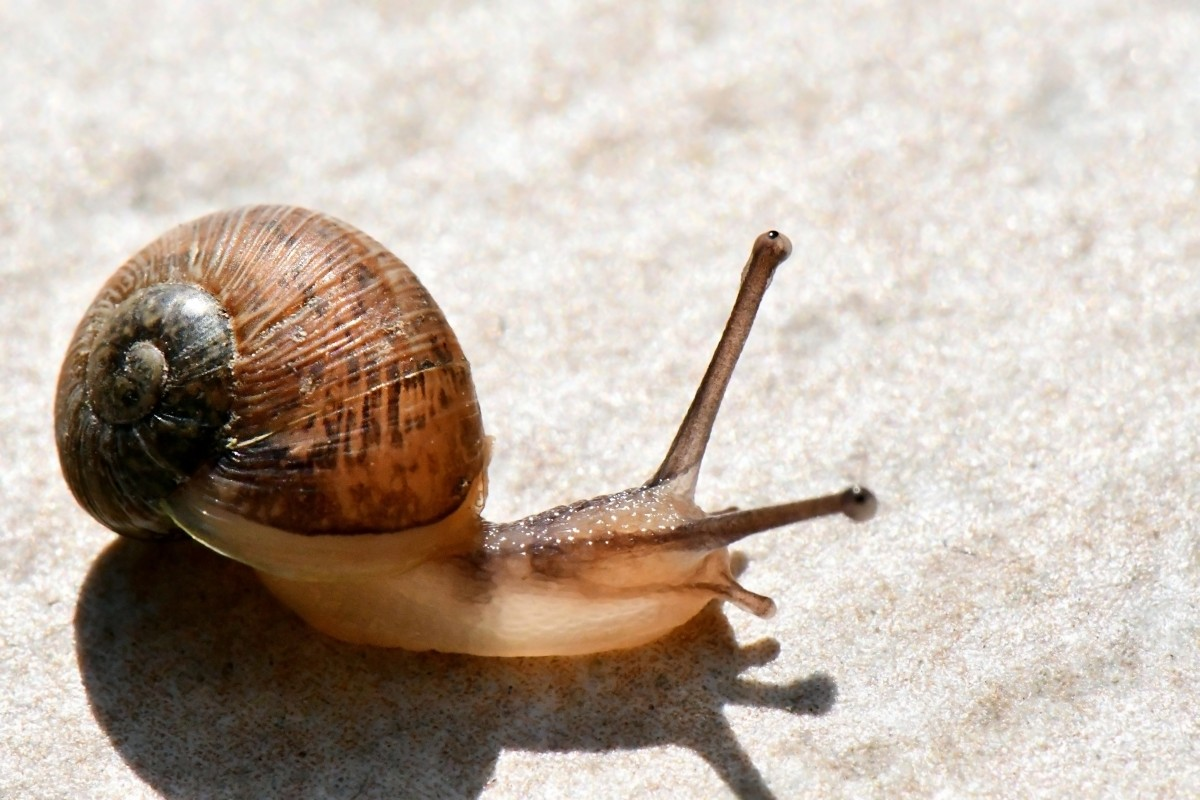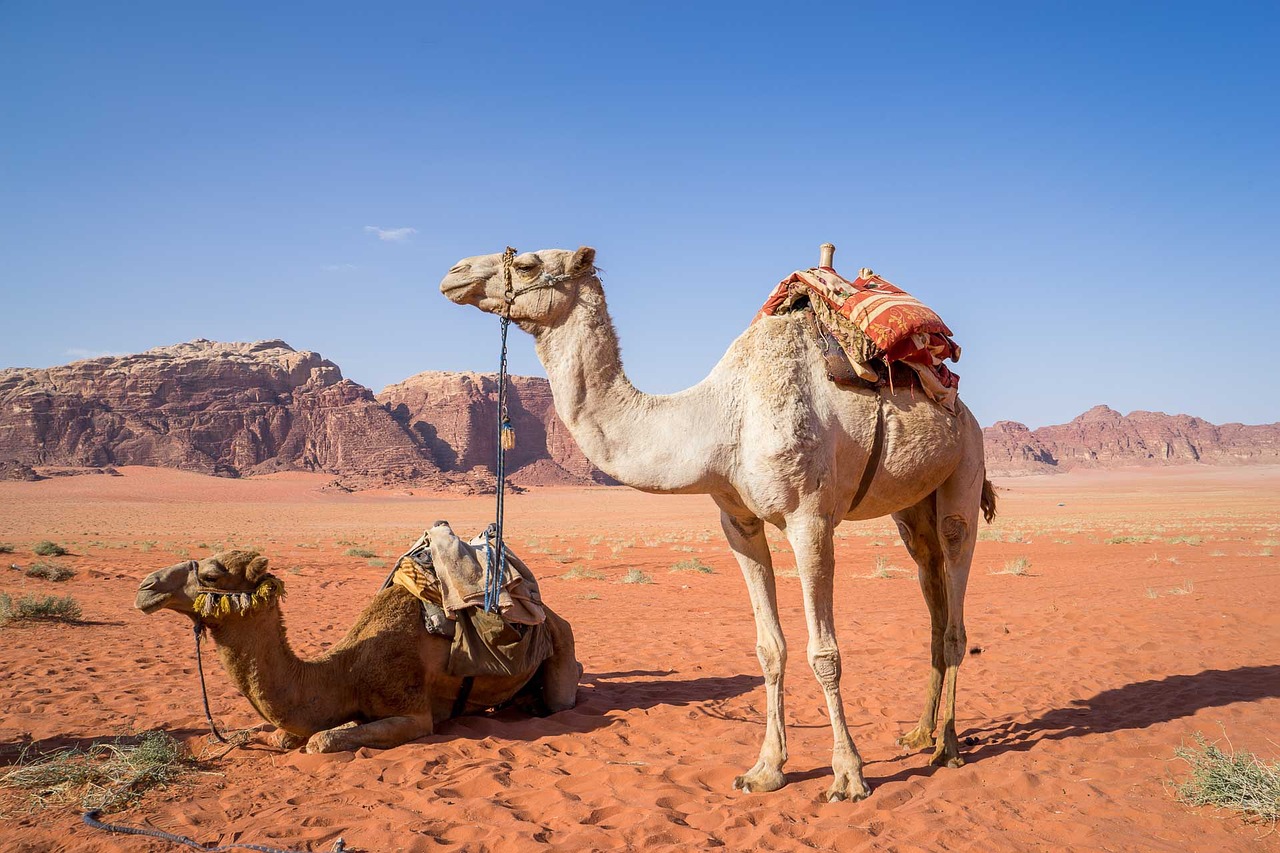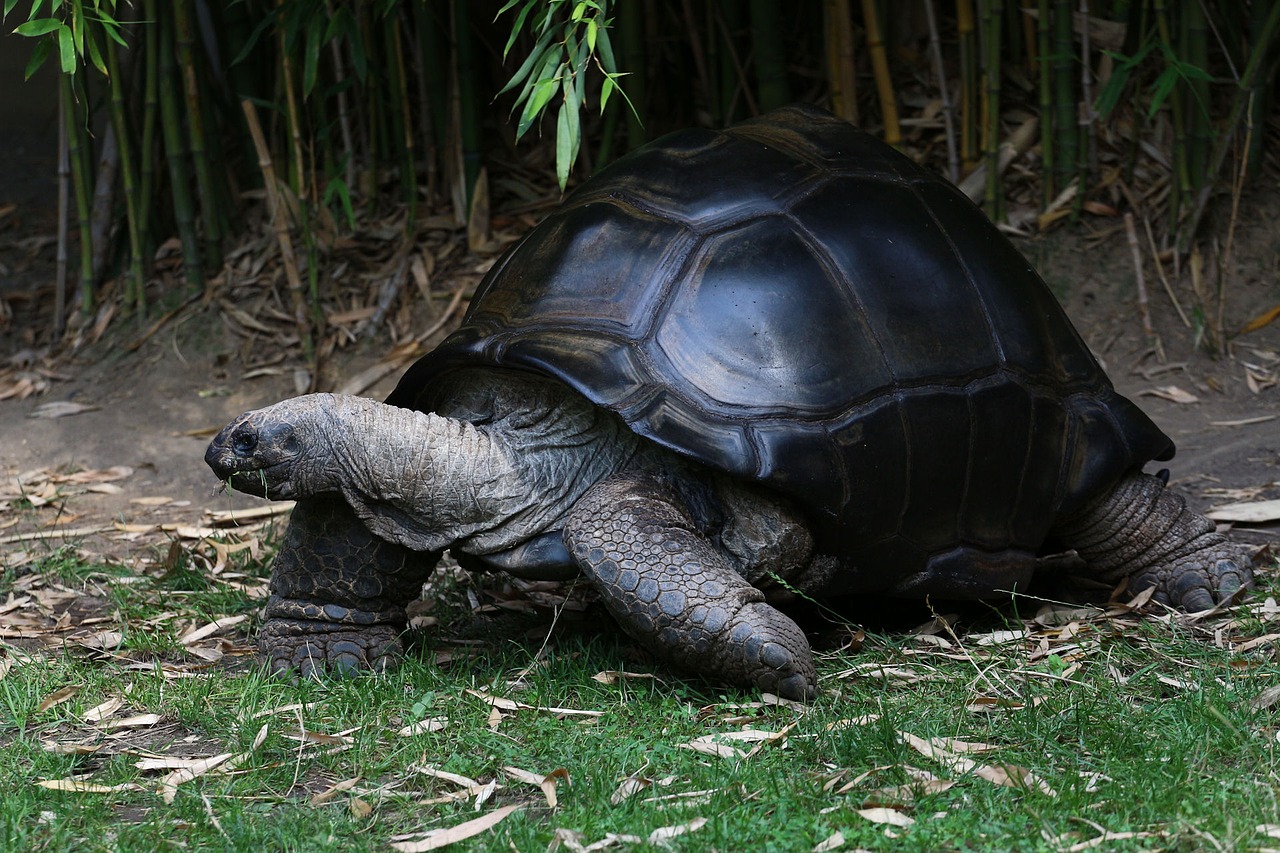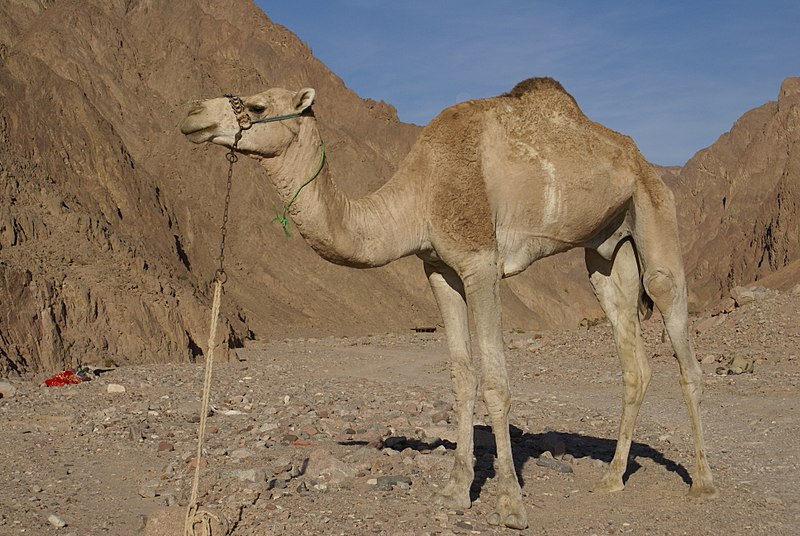Lesson 10
Multi-step Measurement Problems
Warm-up: Notice and Wonder: Distances Traveled (10 minutes)
Narrative
This warm-up prompts students to make sense of a problem before solving it, by familiarizing themselves with a context and the mathematics that might be involved. While students may notice and wonder about many things, highlight observations or questions about the relative size of the measurements in different units.
Launch
- Groups of 2
- Display the image.
- “What do you notice? What do you wonder?”
- 1 minute: quiet think time
Activity
- “Discuss your thinking with your partner.”
- 1 minute: partner discussion
- Share and record responses.
Student Facing
What do you notice? What do you wonder?




| animal | distance traveled in a day |
|---|---|
| three-toed sloth | 30 meters |
| snail | 2,500 centimeters |
| dromedary | 40 kilometers |
| giant tortoise | 500 meters |
Student Response
For access, consult one of our IM Certified Partners.
Activity Synthesis
- “Can these distances be compared?”
Activity 1: Long Hikes, Short Hikes (20 minutes)
Narrative
In this activity, students apply their knowledge of centimeters, meters, and kilometers, perform unit conversions, and reason multiplicatively to compare and order distances.
Students have the opportunity to decide which unit to use for making comparisons (that is, whether to convert all distances to meters, to centimeters, or to kilometers). They may find it most practical to use meters because two of the distances are already in meters, and because they know how the other two units are related to meters.
Students reason abstractly and quantitatively as they think about which unit to use to make comparisons (MP2) and use place value understanding to make the conversions (MP7).
This activity uses MLR1 Stronger and Clearer Each Time. Advances: reading, writing
Supports accessibility for: Conceptual Processing, Organization
Launch
- Groups of 2
- “You’ve learned about meters, centimeters, and kilometers. Which of these units is the largest?” (kilometer) “Which is the smallest?” (centimeter)
- “How are the three units related?” (One meter is 100 times as long as 1 centimeter. One kilometer is 1,000 times as long as 1 meter.)
Activity
- 5 minutes: partner work time on the first problem
- 5 minutes: independent work time on the last problem
- Monitor for:
- the ways students reason about the relative size of the four distances
- the unit students choose to use for comparison
- the ways students reason about “80 times as far”
Student Facing
Here are estimates of the farthest distances that some animals would move in one day.
| animal | distance traveled in a day |
|---|---|
| three-toed sloth | 30 meters |
| snail | 2,500 centimeters |
| dromedary | 40 kilometers |
| giant tortoise | 500 meters |

- Put the animals and their travel distances in order, from the shortest to the longest. Explain or show your reasoning.
-
Do you agree with each statement? Explain your reasoning.
- A giant tortoise can move 2 times as far as a snail can move in a day.
- A dromedary can move 80 times as far as a giant tortoise can move in a day.
Student Response
For access, consult one of our IM Certified Partners.
Activity Synthesis
- Invite students who used different units for comparison to share their responses and reasoning about the first problem. Record or display their reasoning for all to see.
- If no students chose to use centimeters or kilometers as the unit of reference, ask them why they chose meters.
- To discuss the last problem, assign one part (a or b) to each partner.
MLR1 Stronger and Clearer Each Time
- “Share your response to your assigned part of the last problem with your partner. Take turns being the speaker and the listener. If you are the speaker, share your ideas and writing so far. If you are the listener, ask questions and give feedback to help your partner improve their work.”
- 2–3 minutes: structured partner discussion
- Repeat with 1–2 different partners.
- “Revise your initial response to your assigned part based on the feedback you got from your partners.”
- 2 minutes: independent work time
- Consider highlighting different ways students reasoned about “80 times as far” in the last problem, highlighting different ways to do so. (A couple of examples are shown in the Student Responses.)
Activity 2: Big Bottles, Little Bottles (15 minutes)
Narrative
This activity invites students to apply their knowledge of liters and milliliters and multiplicative reasoning to solve a problem about water bottles in different sizes. Students are prompted to express all the quantities in milliliters, so no decisions are needed in terms of the unit to use, but students do need to reason deductively or logically to solve the problem. As they work to eliminate possibilities, draw conclusions, and explain their thinking to others, students practice constructing logical arguments (MP3).
Advances: Representing, Conversing
Launch
- Groups of 2–4
Activity
- “Take a few quiet minutes to read the clues and to work on the activity. Then, discuss your thinking with your group.”
- 5–7 minutes: independent work time
- 5 minutes: group discussion
Student Facing
Here are six water bottle sizes and four clues about the amount of water they each hold.

- One bottle holds 350 mL.
- A bottle in size B holds 5 times as much water as the bottle that holds 1 L.
- The largest bottle holds 20 times the amount of water in the smallest bottle.
- One bottle holds 1,500 mL, which is 3 times as much water as a bottle in size E.
Use the clues to find out the amount of water, in mL, that each bottle size holds. Be prepared to explain or show your reasoning.
A: ___________________ mL
B: ___________________ mL
C: ___________________ mL
D: ___________________ mL
E: ___________________ mL
F: ___________________ mL
Student Response
For access, consult one of our IM Certified Partners.
Activity Synthesis
- Discuss the order in which students completed the missing values. Ask questions such as:
- “Which was the first bottle whose amount you figured out? Was there a reason you started with that bottle?” (E because \(3\times n =1,\!500\) and \(3\times500=1,\!500\))
- “Which bottle and amount did you figure out next?” (F mL because 350 mL is less than 500 mL and there is only one bottle with less than bottle E)
- “How did you find the amount that the largest bottle holds? How did you find 20 times a number in the hundreds?” (3,500 is ten times as much as 350 so 20 times as much is \(3,\!500+3,\!500\) or 7,000)
Lesson Synthesis
Lesson Synthesis
“Today we solved some problems that involved comparing and ordering measurements in different units. Let’s reflect on the process of solving those problems. Take a few quiet minutes to think about these reflection questions and write down your responses.”
Display and read the following:
“What math did you do to find out which animal traveled the farthest, to see if a statement was true, and to figure out the sizes of water bottles?” (We converted measurements from one unit to another, compared numbers and put them in order, multiplied or divided numbers)
“Which parts of the problem solving process did you enjoy or find interesting?”
“Which parts of the problem solving process were challenging or were new to you?” (Deciding on which unit to use, multiplying large numbers, knowing where to start a logic puzzle, or getting unstuck along the way)
Cool-down: Hydration Here and There (5 minutes)
Cool-Down
For access, consult one of our IM Certified Partners.